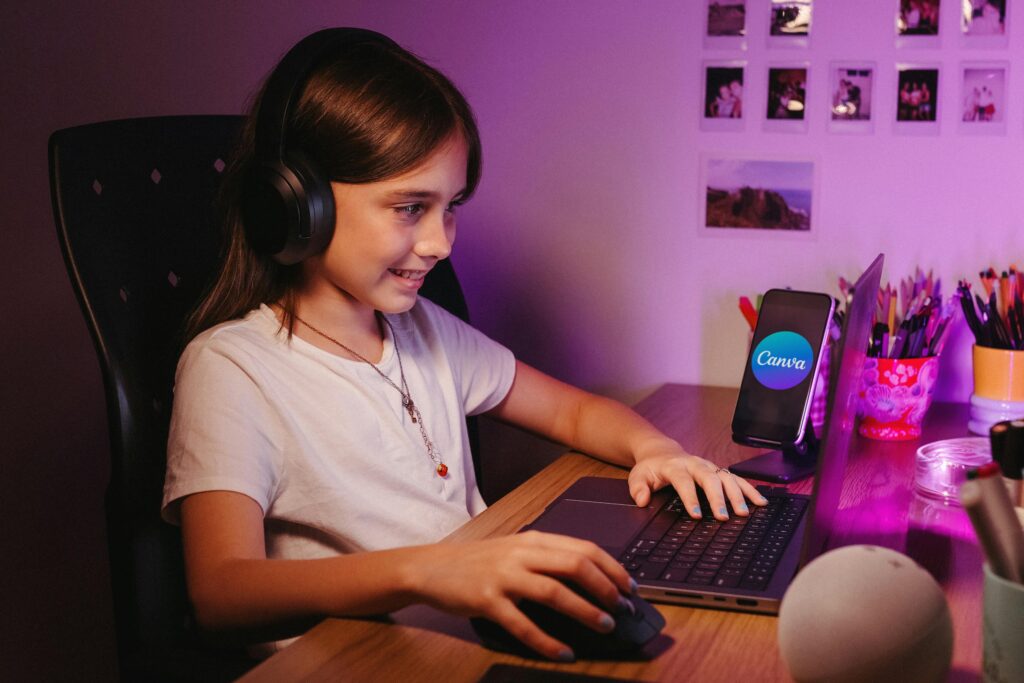
When it comes to productivity, few students think about the role lighting plays in their study space. Yet, the quality and type of light can dramatically influence concentration, energy levels, and even long-term eye health. Poor lighting can cause fatigue, headaches, or eye strain that disrupt learning and lower performance. On the other hand, thoughtfully chosen lighting creates a powerful environment that fosters clarity and sharp focus.
Why Lighting Matters for Learning

Lighting isn’t just about visibility—it’s about biology. The human brain responds to light in ways that affect alertness and concentration. Natural light, for example, is proven to improve mood and energy, while dim or harsh lighting can leave students drained and distracted.
For learners who spend hours reading, typing, or studying, eye comfort is essential. Overexposure to glare or working in dim conditions forces the eyes to work harder, leading to strain. This is why adjusting study space lighting can have transformative effects on productivity.
In fact, good lighting goes hand-in-hand with other essential habits such as ergonomic study setups. The right combination of posture, desk height, and screen lighting can prevent fatigue and keep learners engaged for longer sessions.
Master Typing & Digital Skills with Typesy!
Go beyond keyboarding—Typesy helps you boost digital literacy, productivity, and efficiency in today’s tech-driven world.
Practical Tips for Reducing Eye Strain

Students can take control of their study environment with a few intentional strategies:
- Prioritize natural light. Position desks near windows to take advantage of sunlight, which boosts focus and regulates the body’s natural rhythms.
- Layer your lighting. Use a combination of overhead lights and task lamps to create balanced illumination.
- Avoid glare. Position screens at angles that minimize reflections and keep brightness adjusted to comfortable levels.
- Use warm light in the evening. Cooler light keeps the brain alert, while warmer tones prepare it to relax.
Just as learners practice effective digital learning skills, they should also learn to optimize the conditions in which that learning takes place. Lighting choices are part of a bigger picture: creating a space that supports both physical well-being and mental clarity.
This is especially important for students typing or working on digital assignments for extended periods. Combining correct screen brightness with proper posture helps prevent discomfort and supports sustainable, long-term learning.
Lighting also influences motivation. A bright, well-lit study area feels energizing and uplifting, while a dim, shadowy environment can sap enthusiasm. By making small changes—like swapping out harsh bulbs for full-spectrum ones or adding a desk lamp—students can create an atmosphere that inspires.
Finally, remember that lighting isn’t one-size-fits-all. Each learner may respond differently, so experimenting with adjustments is key. Encouraging students to reflect on how different lighting conditions affect their focus is a powerful way to promote independence and self-awareness.
Not on Typesy Yet? You're Missing Out!
Master typing, boost productivity, and enhance digital literacy with Typesy—the leading platform for adaptive and engaging typing education. Whether you're an individual learner, a homeschool educator, or managing a classroom, Typesy has the perfect solution for you!
Choose Your Ideal Experience:




